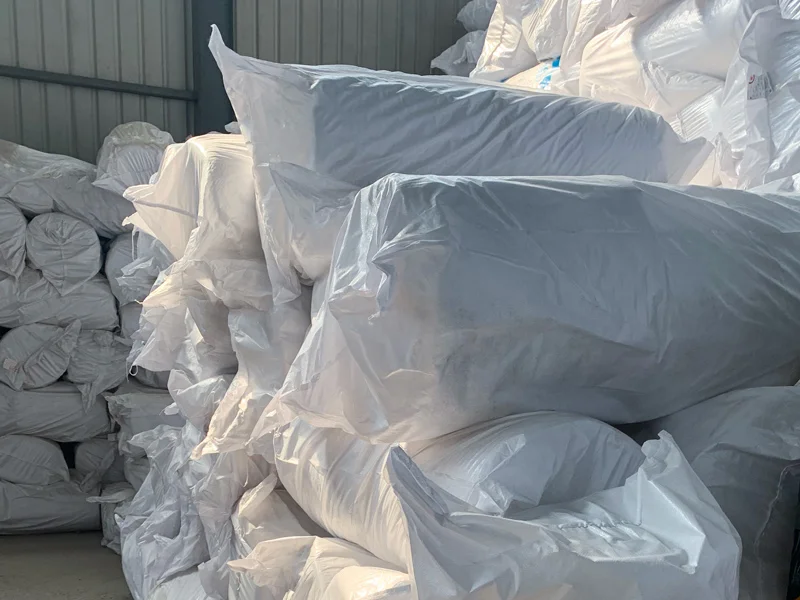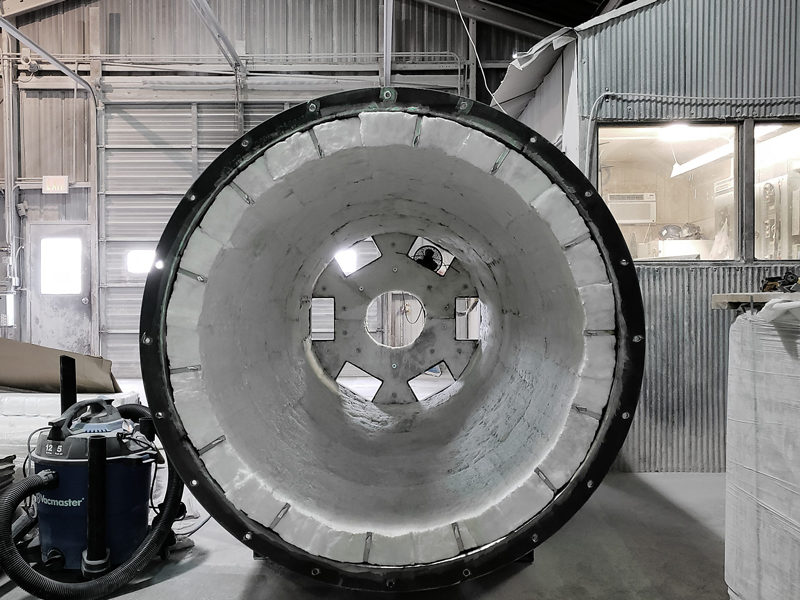Ceramic fiber lining is a type of insulation material that is used to line high-temperature industrial equipment, such as furnaces, kilns, boilers, and incinerators. It is designed to provide thermal insulation, reduce heat loss, and protect the underlying structure from extreme temperatures.

Here are some key aspects of ceramic fiber lining:
- Material Composition: Ceramic fiber lining is made from high-purity alumina-silica ceramic fibers, which offer excellent thermal resistance and insulation properties. These fibers are lightweight, have low thermal conductivity, and can withstand extremely high temperatures.
- Insulation Properties: One of the primary purposes of ceramic fiber lining is to provide insulation. It helps to reduce heat transfer, preventing heat loss and maintaining high temperatures within the equipment. This insulation property improves energy efficiency and reduces fuel consumption.
- Heat Resistance: Ceramic fiber lining is capable of withstanding high temperatures. It can typically handle temperatures ranging from 1,200°C (2,192°F) to 1,600°C (2,912°F) depending on the specific product and application. This heat resistance is crucial for protecting the underlying structure and ensuring the safe operation of the equipment.
- Low Thermal Conductivity: Ceramic fiber lining has low thermal conductivity, meaning it does not readily transfer heat. This property helps to maintain consistent temperatures within the equipment, prevent heat loss, and increase energy efficiency.
- Chemical Resistance: Ceramic fiber lining is generally chemically inert and resistant to most chemicals. This resistance makes it suitable for various industrial applications, including those involving corrosive or reactive substances.
- Installation: Ceramic fiber lining is available in various forms, including blankets, boards, modules, and papers. The specific form used depends on the equipment and application. It is typically installed by attaching the lining material to the inner surface of the equipment using specialized adhesives or mechanical fasteners.
- Safety Considerations: While ceramic fiber lining provides excellent insulation and protection, it is important to handle it with care. Proper personal protective equipment (PPE) should be worn during installation to prevent inhalation of fibers. Additionally, regular inspections and maintenance are necessary to ensure the integrity of the lining and address any signs of wear or damage.

When considering ceramic fiber lining for your industrial equipment, it is important to consult with professionals or experts in the field. They can provide guidance on selecting the right lining material, installation techniques, and maintenance practices to ensure optimal performance and safety.
